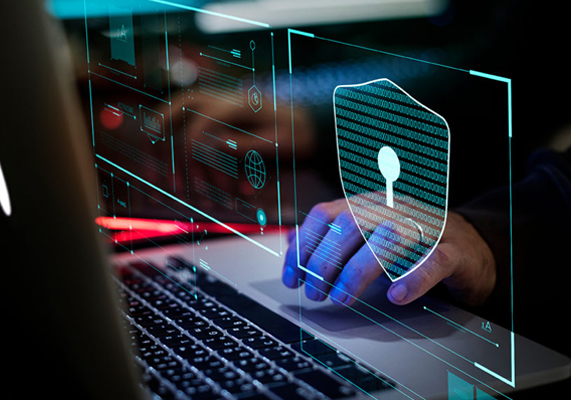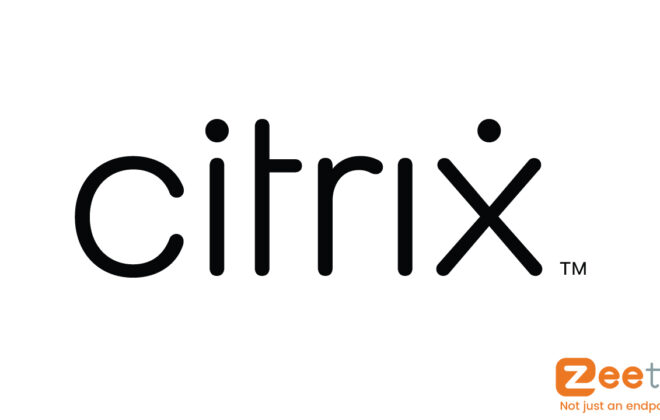Multi Factor Authentication, a Need of the Hour
“Data” is the most important asset in today’s fast-paced developing world. So, it goes without saying that for data, security is imperative. For decades, the data has been protected with a combination of a username and a password. However, passwords are something that is set by humans.
Why do you need multi factor authentication?
By nature, the human mind tries to set things that it can remember easily and this easiness is derived from the things that are straight forward or relatable to them. For example, the most common password in 2019 was “123456” used by almost 23.2 million people worldwide . If we only consider active internet users worldwide, this password is used at least once by almost 55% of the users. Apart from this, the password breaking tools are becoming niche with each passing day. Hence, there’s no guarantee that your complex password will keep your data protected all the time.
It takes 20 years to build a reputation and a few minutes of cyber-incident to ruin it.
– Stéphane Nappo (Global Chief Information Security Officer, OVHcloud)
What is multi factor authentication (MFA)?
This is where multi-factor authentication also known as MFA comes in. A combination of username and password is one factor of authentication, but if you add one more layer or factor of authentication, your application becomes MFA compliant. You can add as many factors as you deem necessary but ideally, to completely secure an application, the access to a user should only be granted if at least two of the factors are presented successfully:
● Knowledge: Something that only the user knows. A password for example.
● Possession: Something that only the user can have. A mobile device or a physical token generator for example.
● Inherence: Something that only the user is. Any biometrics information such as a fingerprint for example.
What are some commonly used authentication factors in multifactor authentication?
Multiple methods can be used to add the second factor of authentication. Some of the most common are:
● Hardware tokens: Each user owns a physical device that generates a one-time password or OTP when requested.
● Soft tokens: A software that generates the OTP for the user. These are mostly in the form of mobile applications on smartphones. Authentication via push notification is also part of this.
● SMS: The OTP is delivered to the user via an SMS on the registered phone number. So, if a user does not have a smartphone, he/she can still authenticate via the second factor.
● E-mail: Very similar to SMS, but the OTP is delivered to the user’s registered email address instead. The user does not necessarily need an extra device in this method.
● Biometrics: Most of the current smartphones can do fingerprints and/or facial recognition. The user is required to validate one of these as part of the second authentication.
Who should use multi factor authentication?
Multi-Factor Authentication is the bandwagon that every company should get on to make sure that their data does not get compromised and end up in the wrong hands. This in return can have a major negative impact on a company’s performance, reputation, and bottom line. Microsoft also published a flash whitepaper recently highlighting thefacts around this. As per the statistics provided in their studies, almost 59% of IT executives will
be implementing the MFA in their organizations in the coming 6 months. In addition to that, around 13% of them will also be adding biometrics (fingerprint and facial recognition) authentication.
How do you implement an MFA?
Implementing MFA may sound like a lot of work but in reality, it is not. There are multiple elegant solutions available in the market from various vendors. These vendors can help in setting up their multi-factor authentication solution and assist in integrating the solution with the existing applications. ZeeOTP, by ZeeTim is one such solution that comes with a lot of flexibility, functionalities, and great security.
Which MFA solution to use as a business?
ZeeOTP is a solution that allows you to add an extra factor of authentication into your existing applications to secure them from attacks. The solution can be hosted in your infrastructure (on-premise), making sure the data does not leave your secure network or it can be used as a cloud service (SaaS). It is flexible enough to adapt to the specific requirements and comes with an easy to use administration web console. It also allows you to have an insight into the authentication data with its crisp and clear dashboard.
In terms of security, it allows you to add the possession factor via OTP in your applications which already have the knowledge factor due to username and password. Hence, making the application MFA compliant. It can deliver OTP to the users via all the methods discussed above, soft token, hardware token, SMS and e-mail. Furthermore, it also allows the users to authenticate via push notification using the ZeeOTP mobile application and if the user has enabled biometrics on his mobile device, it automatically adds the inherence factor. Hence, the application has all three factors that are required to make it secure.
To know more about how ZeeOTP can help you in going one step further to secure your applications and infrastructure, please get in touch with ZeeTim.
There are risks and costs to a program of action — but they are far less than the long-range cost of comfortable inaction.
– John F. Kennedy
Tags In
Search
Recent posts
- ZeeScan is now available on the VMware Marketplace 22 April 2024
- The main Cybersecurity risks of remote work: Safeguarding your infrastructure in a connected world 3 April 2024
- Introducing the latest version of ZeeScan! 22 February 2024
- Chromebooks in Business: Advantages and Challenges to Consider 19 February 2024
- Happy New Year from all of us at ZeeTim! 1 January 2024




